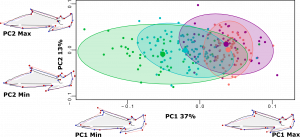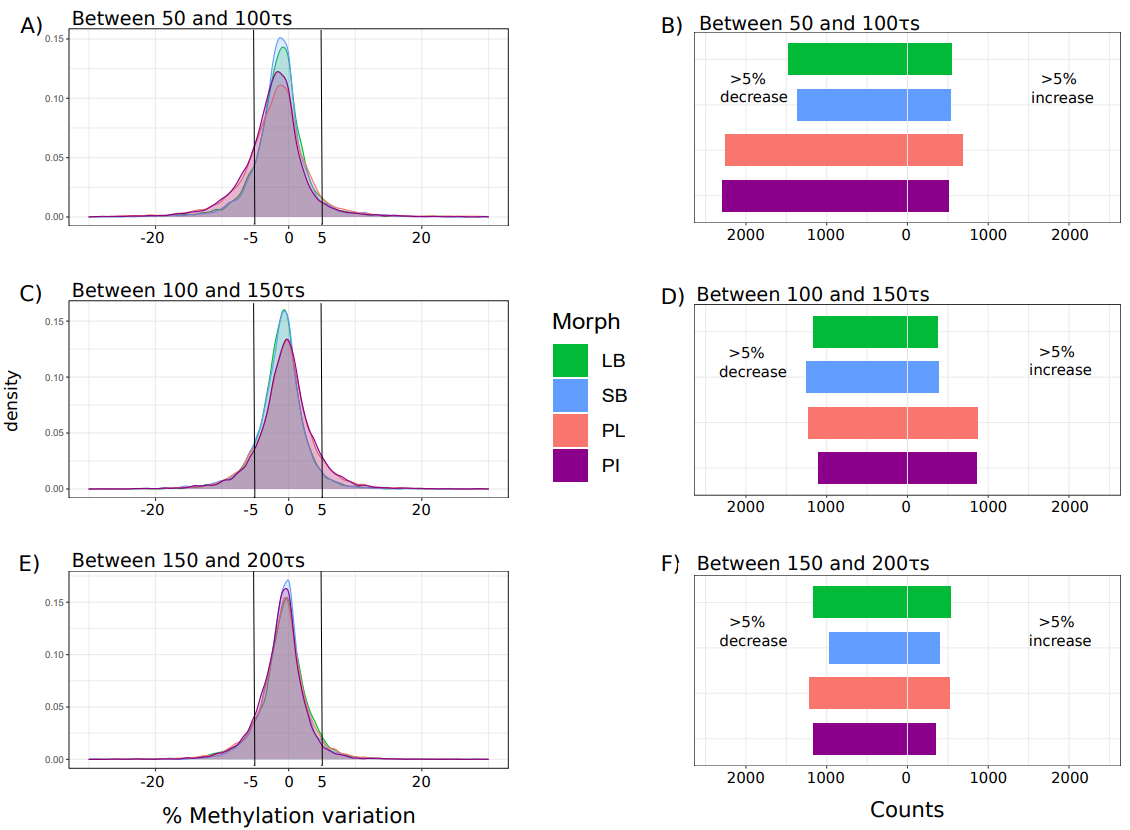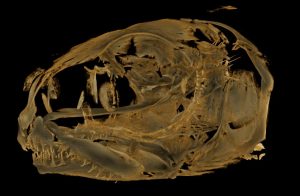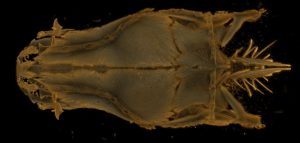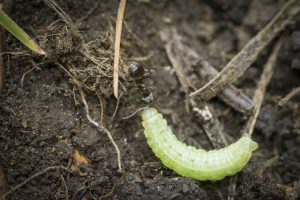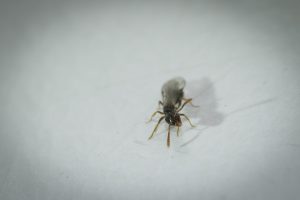This darling is nearly ready for submission. Very cool results from a study led by Guðbjörg Ósk Jónsdóttir and Sarah Steele, based on pioneering work by Finnur Ingimarsson and Sigurður S. Snorrason.
Diversity in the internal functional feeding elements of sympatric morphs of Arctic charr (Salvelinus alpinus)
Jónsdóttir, G.Ó., von Elm, L-M, Ingimarsson, F., Tersigni, S., Snorrason, S.S, Pálsson, A. and Steele, S.E.
One cool figure from the manuscript, showing shape variation in bones in the four sympatric morphs of Arctic charr in Lake Þingvallavatn.
Shape variation in the articular angular, part of the lower jaw, PCA of individuals and the first two axes of shape variation (after size correction).
Colour coding follows previous publications, large benthic (Green), small benthic (blue), planktivorous (red) and piscivorous charr (purple).
The morphs are genetically separable, with a twist...
Jóhannes Guðbrandsson, Kalina H. Kapralova, Sigríður R. Franzdóttir, Þóra Margrét Bergsveinsdóttir, Völundur Hafstað, Zophonías O. Jónsson, Sigurður S. Snorrason, Arnar Pálsson. 2019. Extensive genetic differentiation between recently evolved sympatric Arctic charr morphs Ecology and Evolution. 9:10964–10983. doi: 10.1002/ece3.5516.

